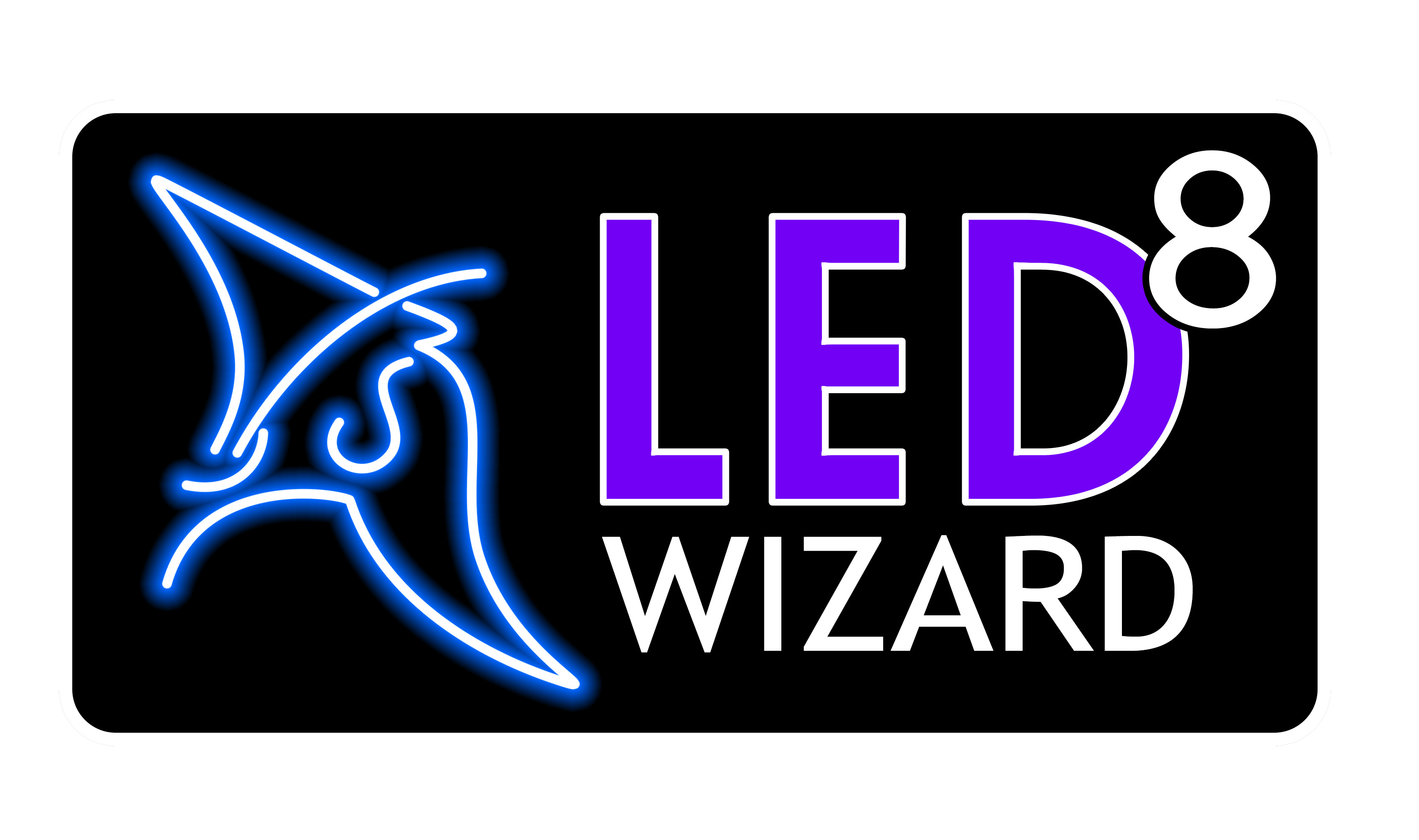The Text Edit tool provides an easy and direct way to enter text into your sign. When you click on the icon above, the Text Edit tool become active, and the following property bar is displayed.
Entering text is very simple: just place the cursor anywhere you'd like, and click the left mouse button once. A large blinking cursor appears, indicating that you can enter text at that position and it will appear at the indicated height.
TIP: You can change the height of text by dragging either the top or bottom of the blinking cursor up or down, and the height will change accordingly.
Editing
To edit text, use the arrow keys on the keyboard, plus the Home and End keys to move around among the individual characters. Backspace and Delete function as you?d expect them to.
Property Bar
The text editing toolbar provides an easy way to access the properties of a text object. See below for a brief description of the features:
(Top Left Dropdown List)
This lists the available fonts in your system. Note that there are font categories: LED Wizard, Sign Wizard, and TrueType.
Height
Enter the height of the text here.
Length
This is the total length of the current line of text.
Alter Aspect Ratio
Click to de-link the height and length so they can be entered separately.
Anchor
This box lets you select where the anchor point is for the text object. This is useful when specifying the X,Y position numerically.
Align
These buttons will align a group of text objects, as well as align individual text objects so that, for example, when you type the text will expand to the right or from the center.
Live Spell Checking
This button enables or disables the Live Spell Check feature.
Scale
Use this to enter a relative scale factor to apply.
Letter Spacing
This controls the spacing between letters, also called kerning.
Word Spacing
This controls the spacing between words.
Line Spacing
This controls the spacing between lines when text objects are grouped, or when entering a new line of text.
Extend/Condense
This controls how scaled the letters are horizontally.
Horizontal Position of the Anchor - X
This is the horizontal position in the layout as a number.
Vertical Position of the Anchor - Y
This is the vertical position in the layout as a number.
Slant / Italic
This is the italic or slant of the letters, in degrees.
Skew
This is like Italic but applied vertically.
Rotation
This is angle of rotation in degrees.
Kerning Text
To change the spacing between letters in a text object (kerning), click and drag the small handles at the lower left corner of every letter.
To change the spacing all letters at once (tracking), click and drag the lower left or lower right handle of the text object.
 LED Wizard 8 Documentation
LED Wizard 8 Documentation
 LED Wizard 8 Documentation
LED Wizard 8 Documentation